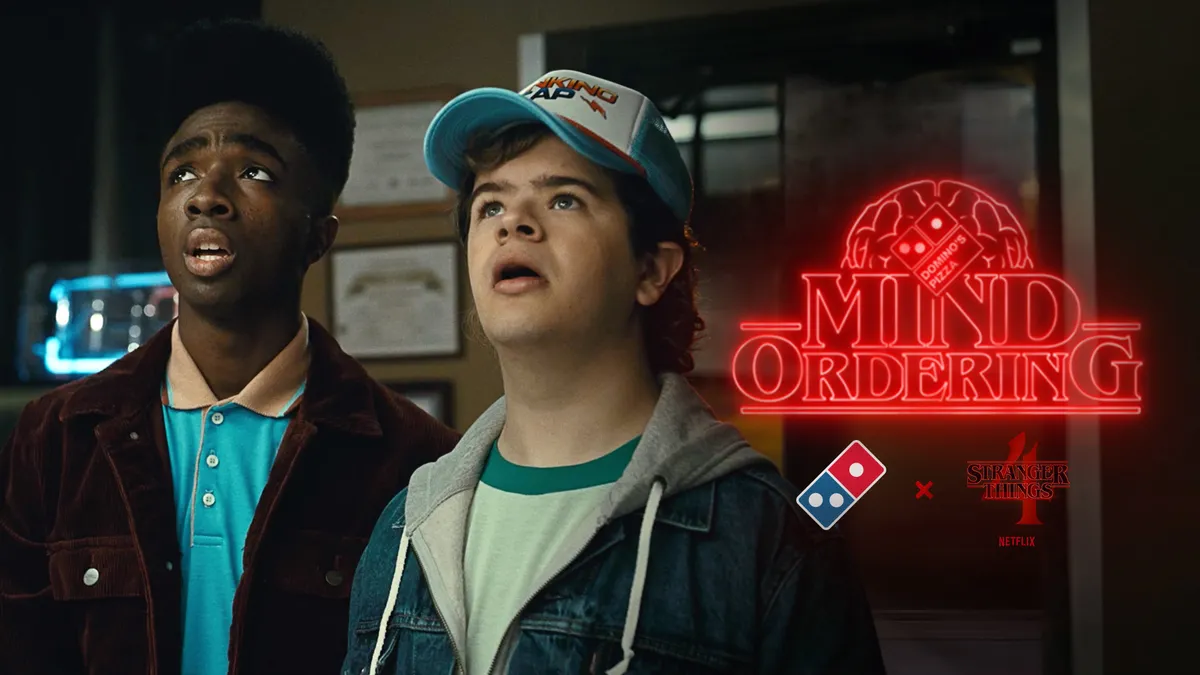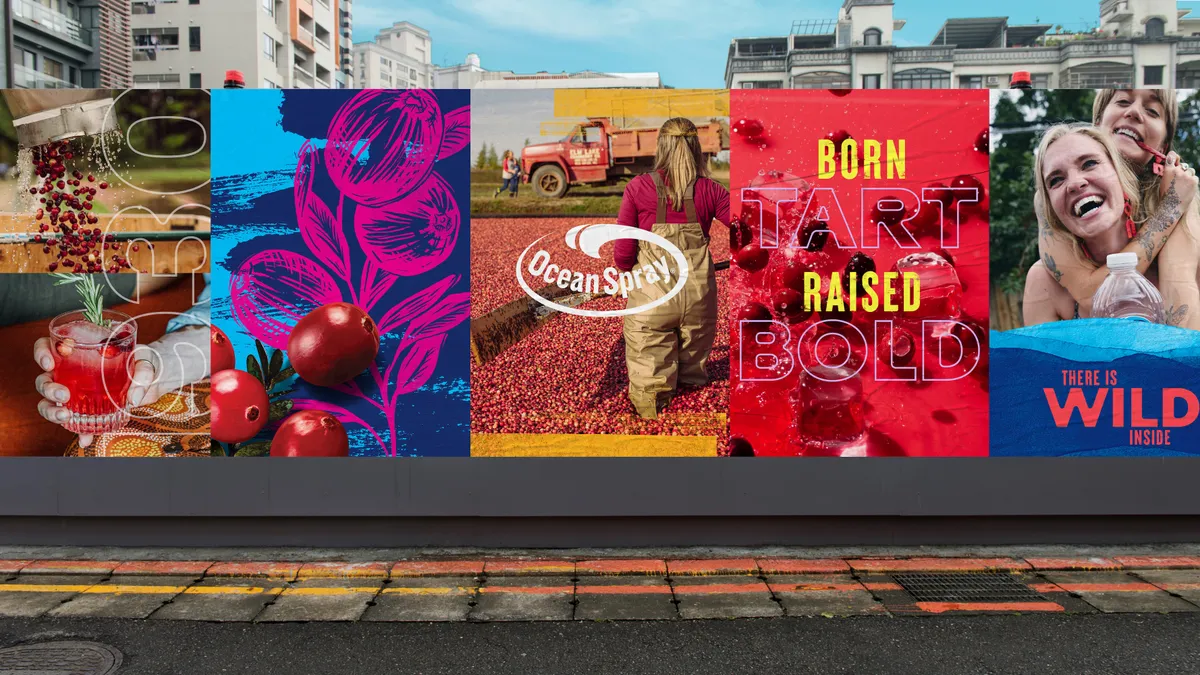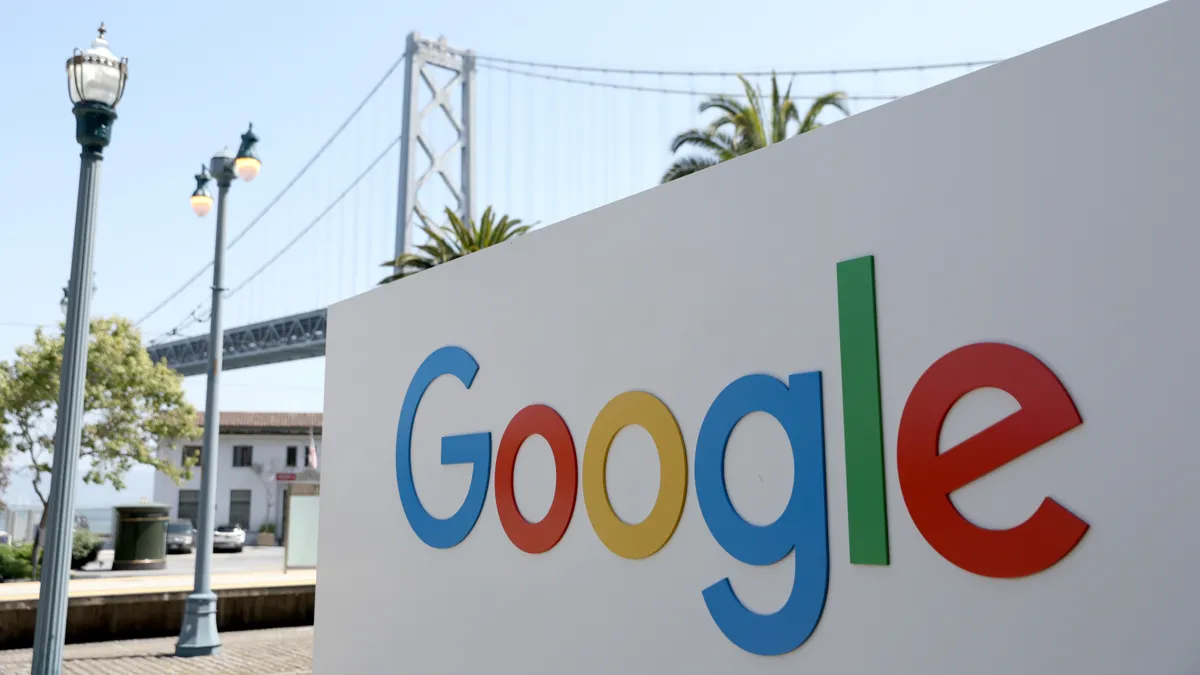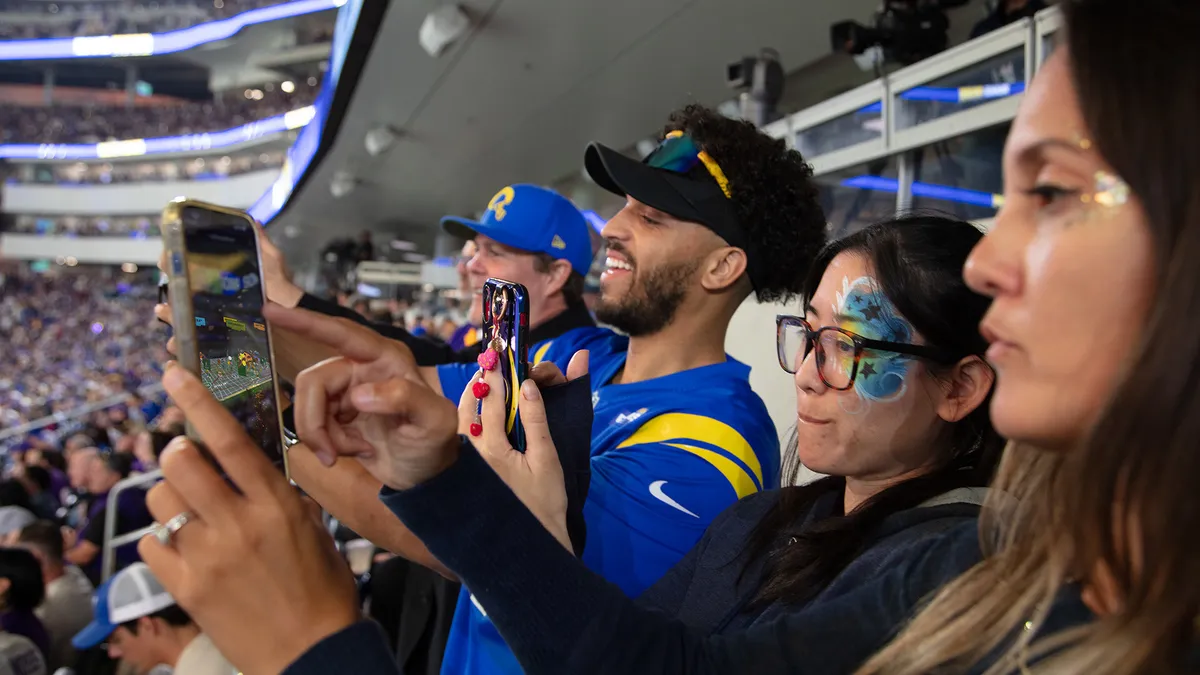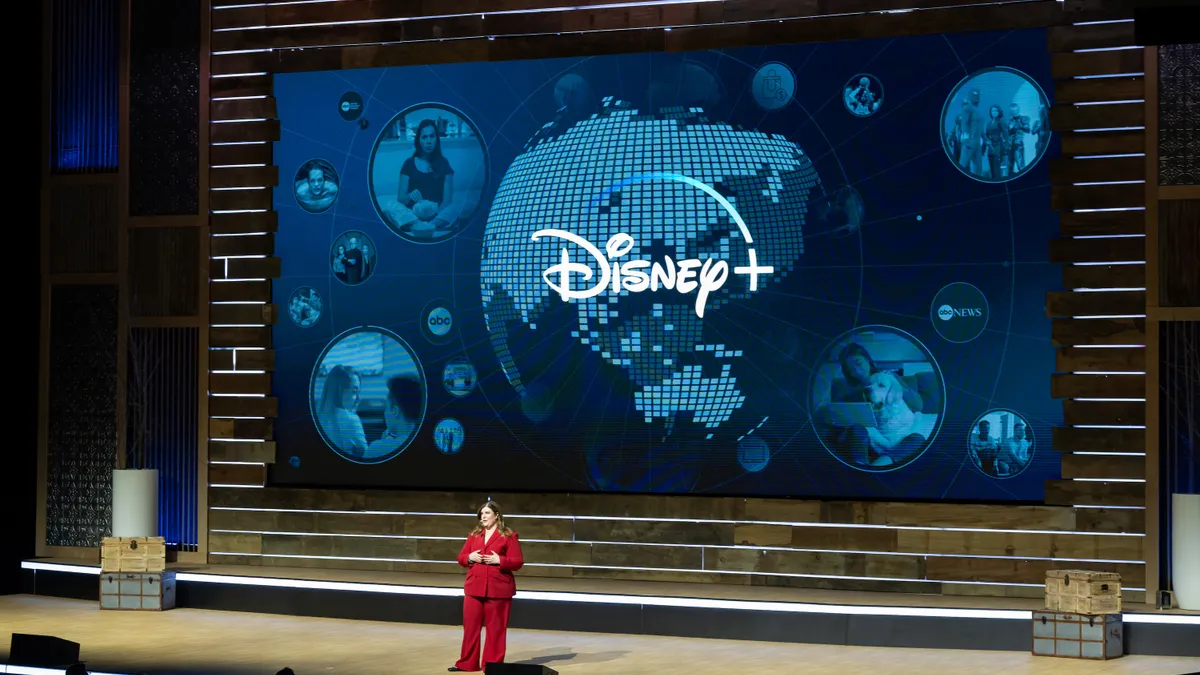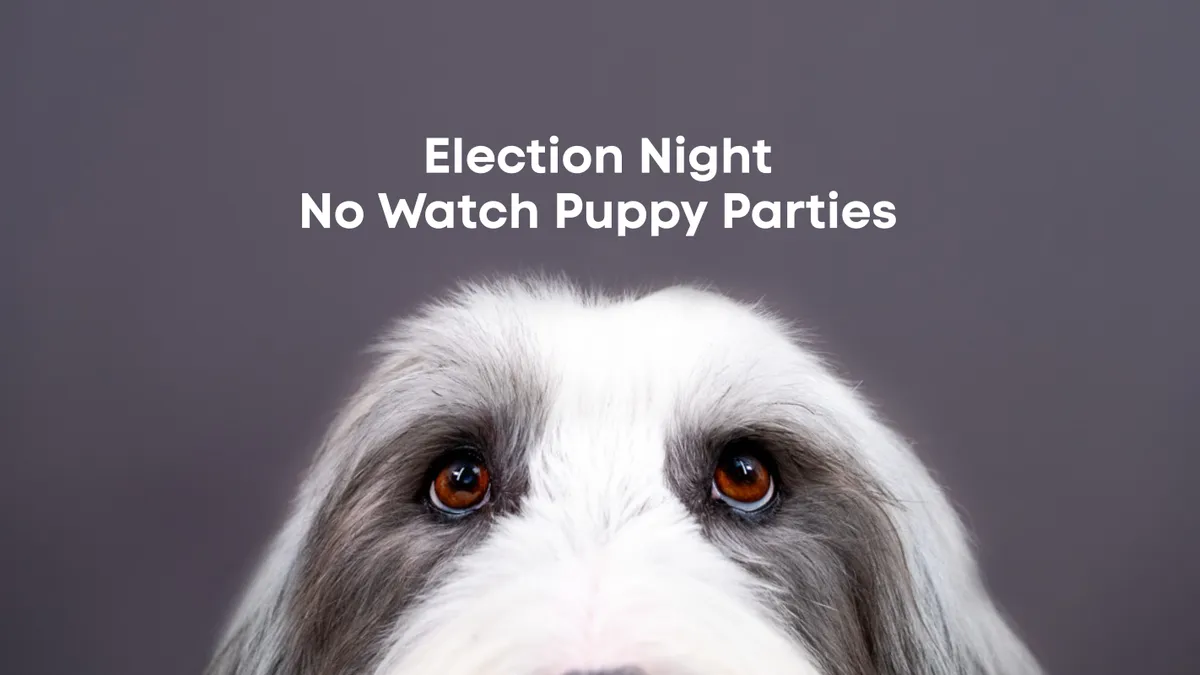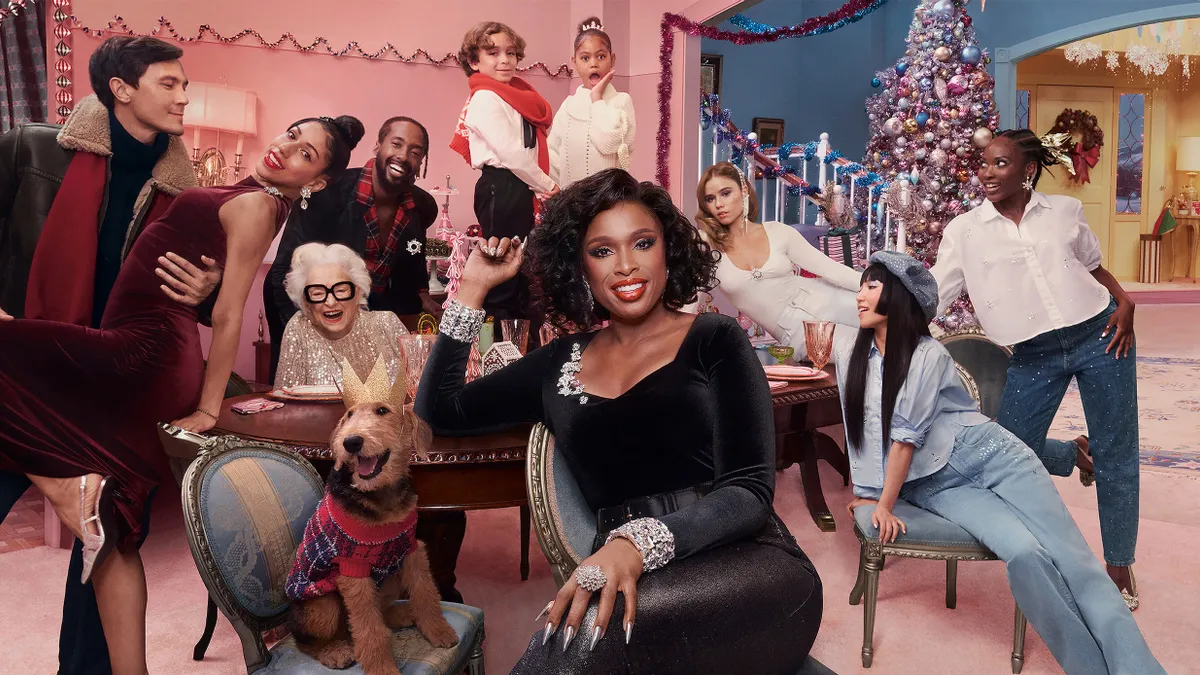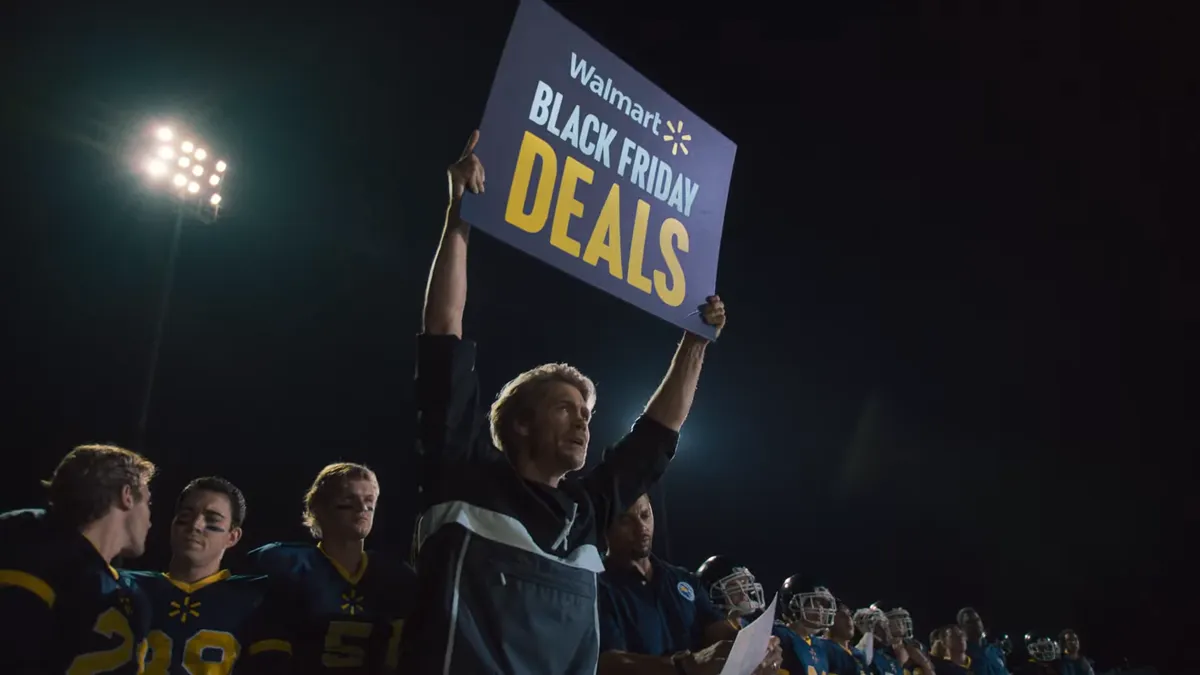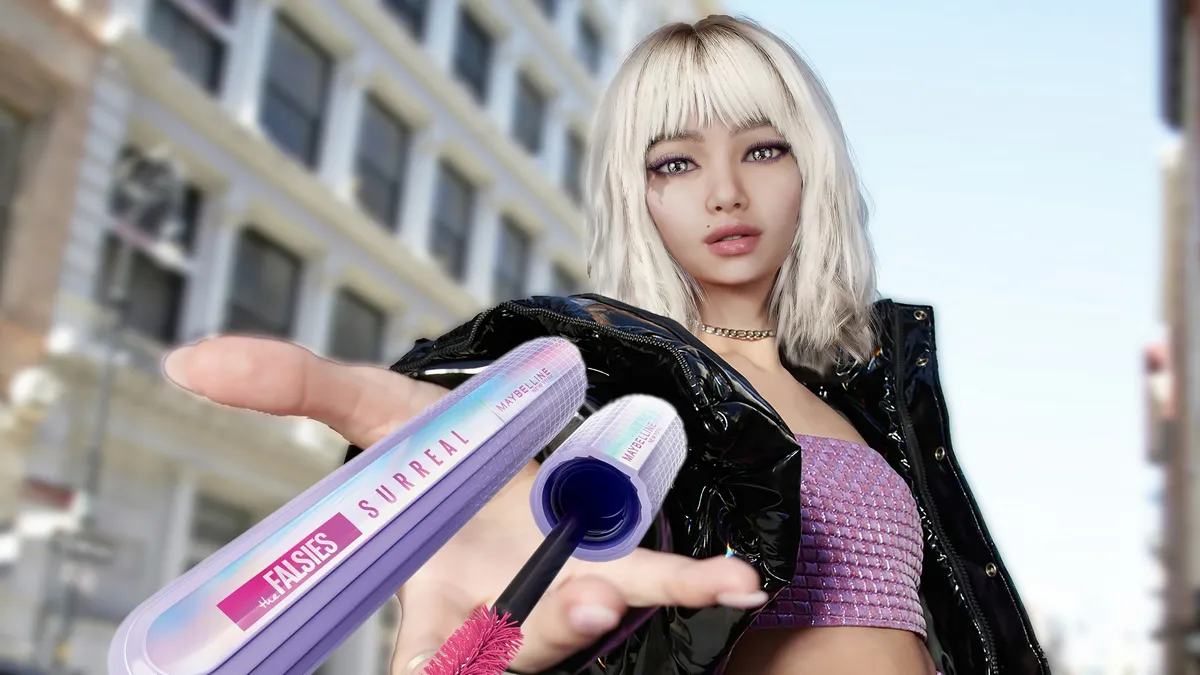A sense of deja vu dominated the first few weeks of 2022 as ongoing effects of the pandemic — as well as social, political and economic strife — made daily life tricky for consumers. The feeling has persisted over the following months, making the first half of this year particularly challenging for brand marketers.
While global ad revenues are expected to continue growing this year — despite macroeconomic uncertainty and the war in Ukraine — marketers appear to have had a tougher time crafting campaigns that break through the clutter and connect with distracted, ad-weary, cord-cutting consumers than they did over the previous two years. Apart from the challenge of delivering the humor and happiness that consumers so desperately crave, marketers have had to keep an eye on a tightening data privacy landscape and the search for better targeting and measurement for platforms like connected TV.
A lot of attention has been focused on how marketers have shifted their bets from nonfungible tokens (NFTs) to broader experiments in the metaverse, a still-developing fusion of the physical and digital worlds. Brands across nearly every vertical have worked to establish a foothold in the space, either in emerging sandboxes or on established gaming platforms. The speed and frequency of activations suggest that it is currently easier to market in a hypothetical world than the real one.
Every year, Marketing Dive gathers the most impactful and meaningful campaigns of H1. The following standouts demonstrate the ways best-in-class brands have navigated a tumultuous year. Connecting with consumers around pop culture remains a key imperative, as does devising innovative ways to use mobile technology. While purpose-driven marketing has seemingly taken a backseat, several campaigns were able to activate around sustainability and inclusion in new ways, whether with experiential or esports efforts. And — perhaps most importantly — some marketers have deftly figured out how to message around the changing state of the world, as consumers decipher how to live in it.
Domino's mind melds with 'Stranger Things'
As brands continue to make connecting with pop culture a top priority, Domino's aimed big, teaming with "Stranger Things," the streaming sensation that has broken Netflix viewership records with its fourth season. The chain's "mind-ordering" app — which utilizes facial recognition and eye-tracking features to allow consumers to order pizza using expressions and head movements — also gave fans a chance to play in the show's universe.
The effort additionally included a video featuring "Stranger Things" stars. Domino's commitment helped elevate it beyond the show's previous brand integrations, of which there have been many.
"This whole experience is not just a 'move your head to order a pizza' type of deal. It's a deeper experience and it's a storytelling tool which I think is used very well," said Dmitrii Osipovskii, interactive creative director at agency PPK, who called out how the campaign delivered "intimacy at scale."
Domino's often bills itself as a tech company that happens to deliver pizza. Deftly combining a cultural play with a test of nascent mobile technology proved to be an experiment even the show's Hawkins National Laboratory would appreciate.
Heineken taps into work-life blur
As the pandemic shows signs of nearing an endemic phase, some brands have zeroed in on pain points of the "new normal,” with Heineken’s entry on this front standing out by combining utility, sympathy and optimism.
To address the growing work-life imbalance, Heineken launched a campaign around The Closer, a Bluetooth-enabled device that closes work applications when users crack open a beer. Beyond the device itself — which was only available during a one-hour window — the campaign included a high-gloss film and satirical tie-up with comedian Billy Eichner. Altogether, The Closer demonstrates how a brand like Heineken can market around a new reality faced by a target audience of white-collar workers and as it seeks to reinforce a premium positioning.
"For global brands like Heineken, it can be tough to create a global idea that doesn’t feel generic. The brand has done a consistently great job of bringing the consumer truths of the time into optimistic work. ‘The Closer’ is another strong entry in that journey," said James Denman, head of innovation and marketing at Yard NYC. "What I love about this idea is it connects modern, pandemic-accelerated behavior with a truth, and feels charming and actually useful to consumers."
Tampax, Always bring inclusion to esports
With gaming and esports pushing further into the mainstream, non-endemic brands are ramping up marketing around an industry that generates more revenue than music, movies and television combined. For many, that means moving beyond the traditional idea of gamers as young men in search of energy drinks and bodywash, as nearly half of gamers are women, per Entertainment Software Association research.
Tampax and Always in June launched a sponsorship focused on shooter title Valorant, partnering with esports organization Gen.G and Galorants, the largest community of female-identifying and nonbinary Valorant players. Together, they hosted an in-person competition that boosts an underserved part of the gaming world. With ambassador-led programming and a charity component, the activation allowed the Procter & Gamble brands to extend a purpose-driven mission to a new arena.
"It was a great way to bring the brand's purpose to life and strategically continue the same empowering journey while keeping it current with what is relevant to people right now," said Fernanda Bürgel, creative director at agency PeterMayer.
Plus, the campaign elevates Tampax and Always marketing beyond the category's stereotypical, outdated presentation.
"Flowery, pink marketing for feminine products doesn’t cut it anymore, it has to be real," said Ruth Bernstein, co-founder and CEO of Yard NYC.
Coke’s Creations campaign follows ever-changing trends
What’s “in” is constantly evolving, but Coke may have cracked the code to staying part of the conversation with a Creations initiative that debuted in February. Part of a larger “Real Magic” brand platform established last year, Creations introduces limited-time Coke flavors tied to current trends and cultural drivers.
The first flavor, Starlight, was inspired by renewed interest in space travel stemming from companies like SpaceX, and even pays tribute to Coke’s space debut in the ‘80s. Its flavor profile is meant to reflect intergalactic travel and its packaging featured a QR code unlocking an augmented reality (AR) concert by pop star Ava Max.
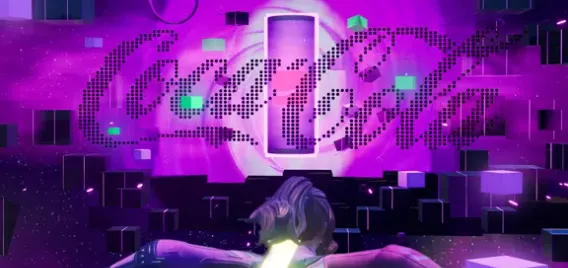
The second Creations flavor, Zero Sugar Byte, targets the gaming community and is meant to evoke the taste of pixels — and it’s only fitting that it also has interactive ties to the metaverse. In June the third flavor was released, a watermelon/strawberry soda and collaboration with grammy-nominated artist Marshmello.
Creations has been successful in exciting younger generations while paying homage to Coke’s history, though it falls short in other areas, according to Lucien Etori, vice president and executive strategy director at R/GA New York.
“Where Coca-Cola I thought didn’t hit the mark was in failing to build in and express any emotion into the program – it felt frustratingly robotic, impassive, dare I say artificial,” Etori said in an email.
Pepsi assembles hip-hop megastars for halftime show
In an Avengers-like teamup, Pepsi’s Super Bowl Halftime Show saw Dr. Dre calling upon Eminem, Snoop Dogg, Mary J. Blige and Kendrick Lamar to perform at what would be Pepsi’s last time sponsoring the show after ten consecutive years.
Pepsi’s hip-hop celebration was well received by critics and fans alike. The act, however, wasn’t the only thing memorable about Pepsi’s swansong. The significant hype leading up to the event was aided by the release of a mobile app, which put fans in the middle of the concert via AR. It not only allowed for the collection of first-party data, but also took advantage of an increasingly fragmented viewing population, with many choosing to watch the Super Bowl while on their phones or other mobile devices. The second screen integration was seen as a bold move by many in the industry. However, some felt it fell short of its full potential.
“The second screen app that Pepsi created was pretty slick. But my question is, why spend so much money to create a one-use app?” said Mike Caguin, chief creative officer of Periscope, in an email exchange with Marketing Dive.
Still, the split-screen activation combined with the superhero-like team-up allowed for a memorable and innovative experience around the big game.
Michelob Ultra bowls for gender equality
Michelob Ultra, owned by Anheuser-Busch, put equality in sports front and center during the first half. The brewer has committed $100 million to women’s sports over the next five years, and it used its Superior Bowl commercial time to put that pledge on full display. The advertisement features top athletes, including Payton Manning and Jimmy Butler, bowling over a cold Michelob Ultra. All activity stops as the athletes witness the arrival of Serena Williams, realizing their good bowling luck has run out.
The feel-good, vintage-inspired commercial stands out not only through its star-studded cast, but also its messaging. As women’s sports grow in popularity, brands are seeking to get in on the action, while looking socially conscious in the process. Michelob Ultra accomplishes that in a subtle yet effective way.
The light beer, which was first released in 2002, uses aggressive sports marketing to create a brand image of health and wellness. Ambassadors include Olympian Usain Bolt and tennis superstar Williams. The strategy has paid off, with Michelob Ultra becoming the third most popular beer in America in 2019.
Coors Light wants consumers — and the planet — to chill out
Coors Light put the environment first in two campaigns during H1. Millennials have proven to be a very environmentally concerned population, with one study finding that 73% of the group are willing to pay more for a product if it comes from a sustainable or socially conscious brand. In the Molson Coors label’s Future Mart and Chillboard activations, it sought to establish itself as a light beer tailored to that crowd.
To promote a plan to phase out plastic rings in its packaging, Coors Light opened a plastic-free corner store meant to show off new cardboard carriers. In another stunt, the company used white paint to cool off black rooftops in Miami. Both pushes play into the beer’s “Made to Chill” ethos, creating a seamless link between a laid-back image and green messaging. The result is a feeling of authenticity that avoids coming off as forced.
“The brand is built around bringing the cool of the Rockies to everywhere, so it felt very natural to bring some cooling to flat sweltering rooftops in Miami,” said Paul Prato, executive creative director of PPK, over email


